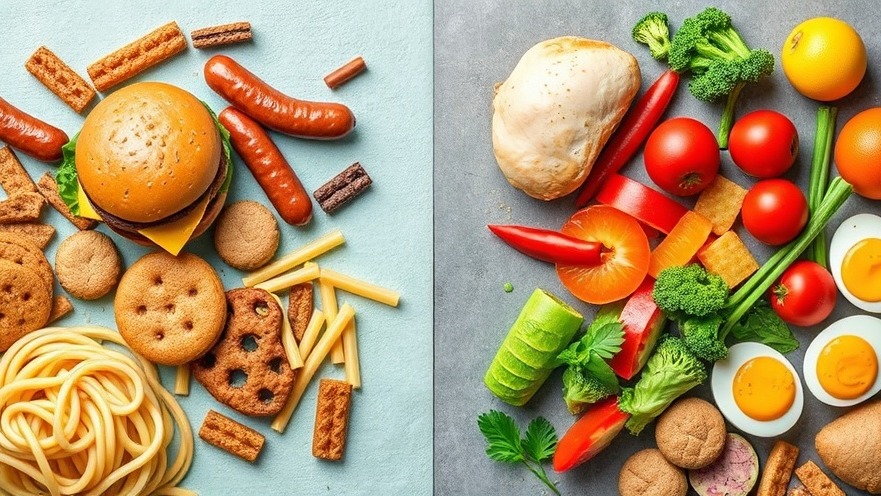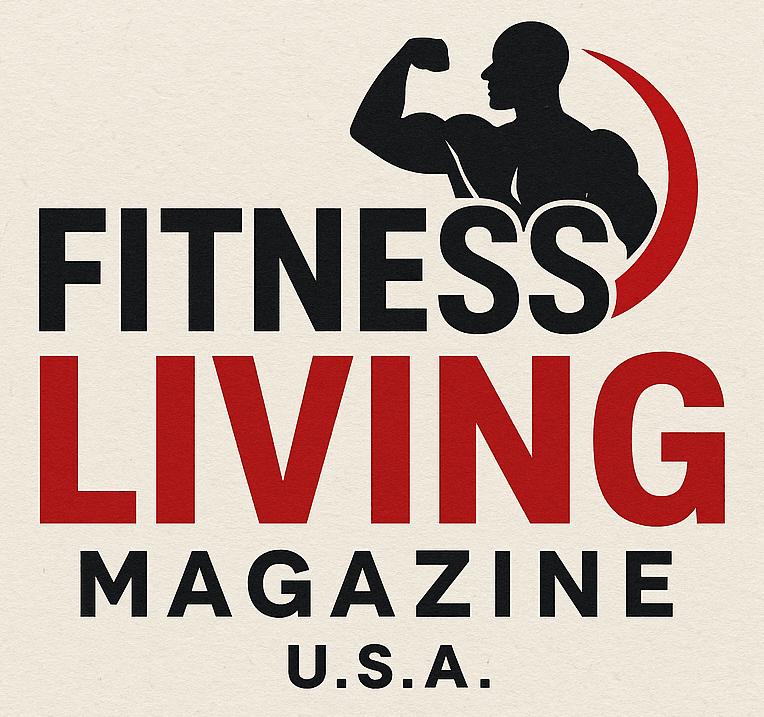
Understanding the Difference: Fat Burn vs. Fat Loss
For many gym owners and fitness trainers, the terms fat burn and fat loss are often used interchangeably, but they represent crucially different concepts in the realm of fitness training. Dr. Layne Norton highlights this distinction, emphasizing that while fat burn can play a role in fat loss, it does not equate to a decrease in overall body fat. Understanding this difference is vital for implementing effective training and nutritional strategies.
The Mechanics of Body Fat Balance
The process of body fat gain and loss is intricate, linked to the balance between fat storage and fat oxidation, or fat burn. According to Dr. Norton, you gain body fat when the body stores fat faster than it can burn it. Thus, body composition is not simply about how much fat you burn but rather how much is stored versus how much is oxidized.
Diet Dynamics: The Role of Carbohydrates and Insulin
A significant aspect of fat loss lies in dietary choices. When following a low-carb diet, individuals often experience heightened fat oxidation due to reduced insulin levels, which can inhibit lipolysis—the process of breaking down fat for energy. Dr. Norton suggests that higher carbohydrate consumption results in less ability for the body to oxidize fat. This can be critical as trainers prepare athletes for competitions, allowing them to make informed decisions that align with their fitness goals.
Exercise Regimens: Balancing Fat Burn and Muscle Preservation
For fitness professionals, an equally essential consideration is how exercises influence fat loss. There must be an emphasis on strategies that prioritize retaining or building muscle while slowly promoting fat loss. Engaging in cardio and resistance training during dieting is crucial. Research shows that combining these with adequate protein intake can help clients maintain muscle mass, which burns more calories at rest. This can significantly impact performance in preparation for events like CrossFit competitions.
Learning from Research: Implications for Fitness Training
Recent studies reinforce the need for targeted approaches in exercise regimens and dietary strategies. With growing understanding of fat versus muscle dynamics, fitness trainers should guide athletes on how to measure progress beyond scale weight. Although individuals often rely on scales, body fat percentage measurement offers a clearer picture of fat loss versus weight loss.
Practical Tips for Trainers and Gym Owners
Encourage Tracking Body Composition: Utilize body fat scales or anthropometric measurements to evaluate client progress more accurately.
Emphasize a High-Protein Diet: Recommend protein intake tailored to individual needs to help retain muscle mass while promoting fat loss.
Balance Nutritional Strategies: Educate clients on the effects of carbohydrate levels and insulin on fat oxidation.
Incorporate Strength Training: Design recovery and muscle-building programs that maintain or enhance lean mass during weight loss.
Conclusion: Taking Action in Your Fitness Business
For gym owners and trainers, understanding the complexities of fat burn versus fat loss is key to successfully guiding clients towards their fitness goals. By adopting evidence-based nutritional and training strategies, you empower your athletes to sustain muscle and achieve true fat loss. Consider these insights as you fine-tune your coaching techniques and prepare your athletes for competitive events. Don’t just focus on fat burn—help your clients find the best methods for sustainable fat loss.
 Add Row
Add Row  Add
Add 



Write A Comment